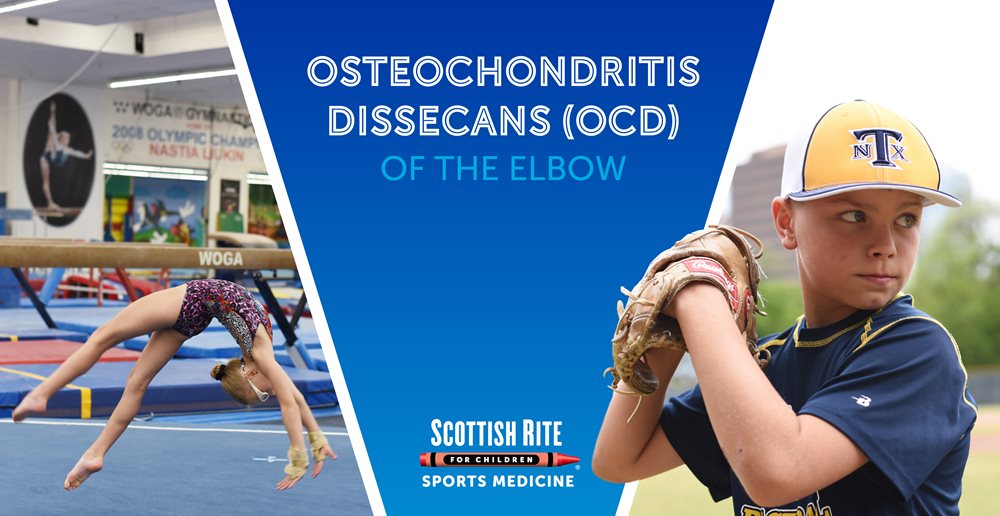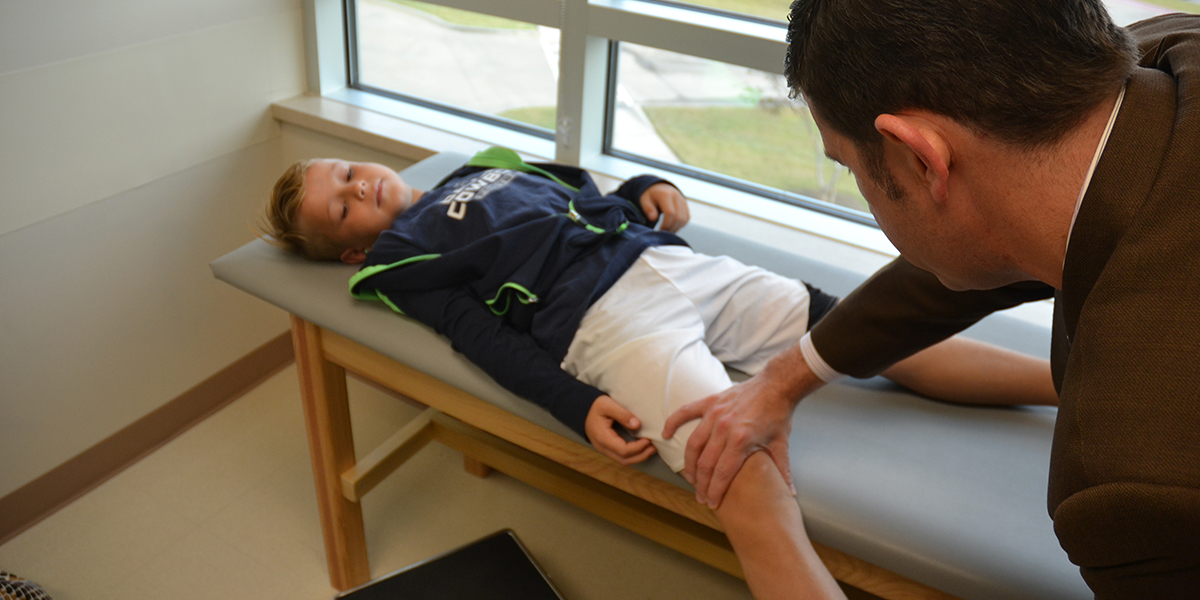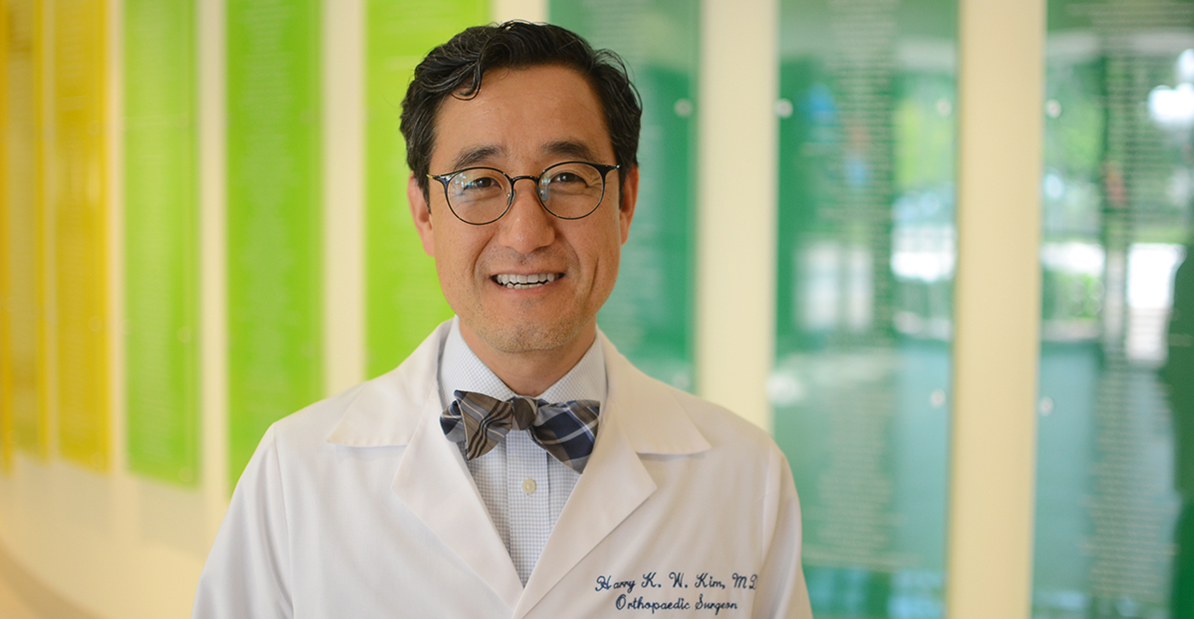Our Center for Excellence in Sports Medicine treats a wide array of sport-related injuries and conditions in young athletes. One common condition treated is osteochondritis dissecans (OCD) of the elbow. This condition can happen to anyone but is especially common in...




